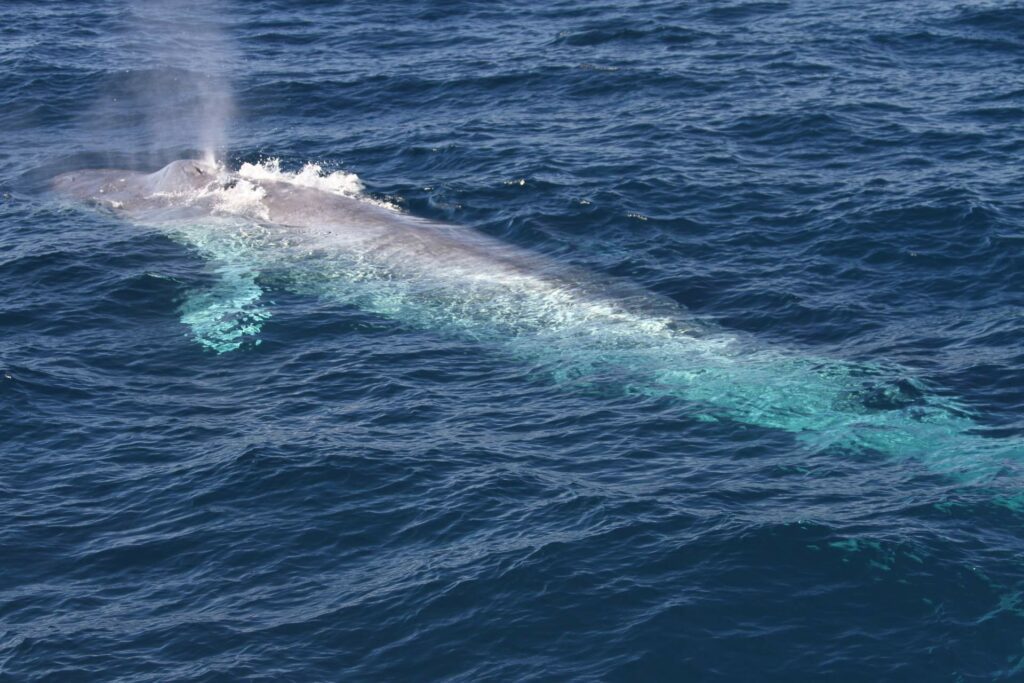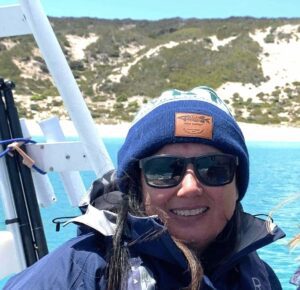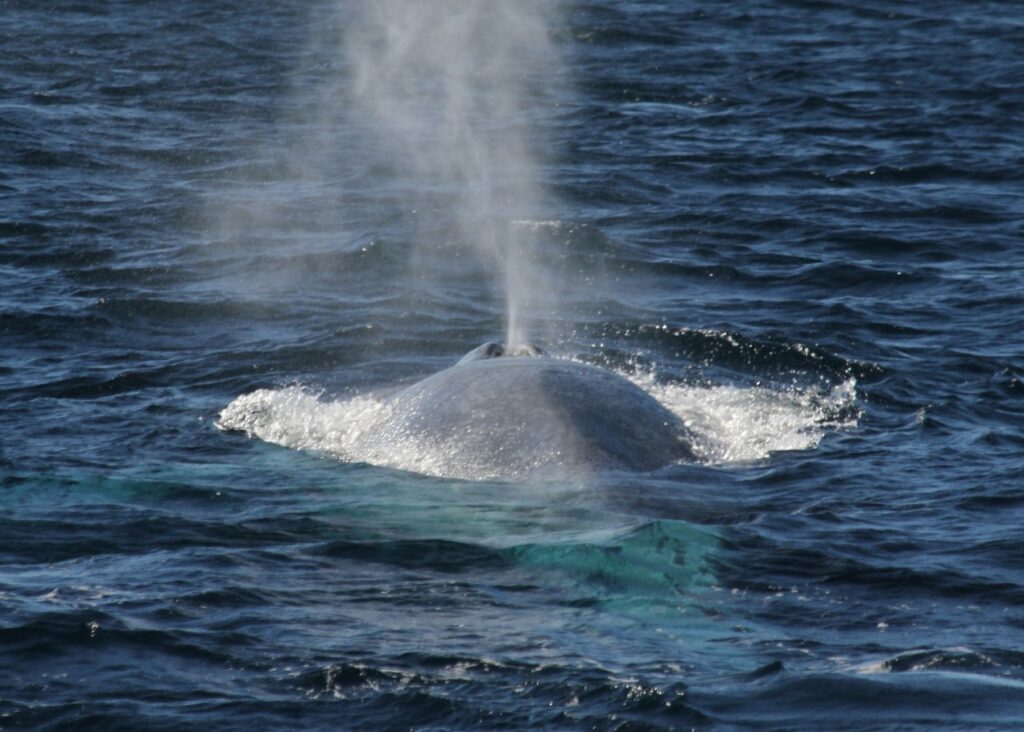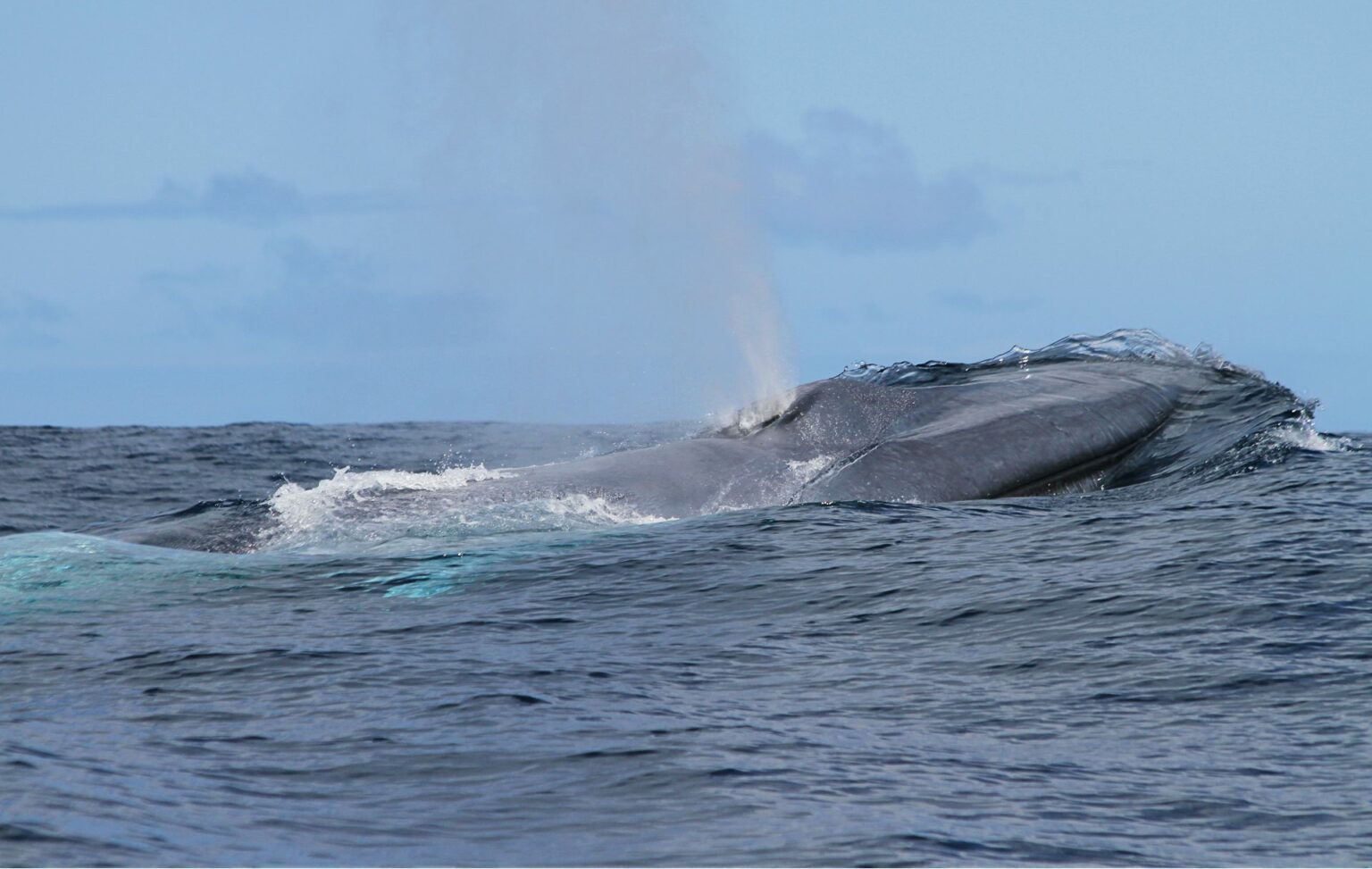Blue whale experts at Australia’s Flinders University say they have undertaken a major stock-take of the number, distribution and genetic characteristics of populations around the world for a major new study – and have found significant genetic differences developing.
“Each of these groups needs to be conserved to maintain biodiversity in the species, and there are indications that natural selection in different environments contributed to driving genetic differences between the high-level groups,” says the study’s first author Dr Catherine Attard.
“Within these regions, there were differences between the eastern North and eastern South Pacific, and among the eastern Indian Ocean, the western South Pacific and the northern Indian Ocean – but no differences in the Antarctic group,” she says.
The world’s biggest living animal, with an average length of 27m, Balaenoptera musculus has slowly recovered from the impact of whaling only to now face the rising challenges of underwater noise, shifting food availability, environmental contaminants, ship-strikes, fishing-gear entanglement and other human-induced effects.

No inbreeding
The experts were relieved to find no evidence of inbreeding among blue whales, which they say is good news for the potential recovery of subspecies and populations.
Estimated migration rates were 1 to 4% among each of the high-level groups, with both migrant individuals and hybrids found among them.
A similarity discovered between eastern South and eastern North Pacific blue whales has suggested that they are in fact part of the same subspecies, despite currently being classified as separate.
“This finding was unexpected, given that blue whale populations are thought to have opposite breeding seasons when their populations exist on either side of the Equator,” says senior author Associate Professor Luciana Möller.

“While eastern Indian and western Pacific blue whales have the lowest genetic diversity of the high-level hierarchical groups, which is likely due to climate-induced diversification rather than anthropogenic impacts, our study identified the eastern Indian Ocean, western South Pacific Ocean and potentially western Indian Ocean as different populations within the Indo-western Pacific,” she says.
As well as producing the largest global genomic dataset for blue whales ever generated, the study has also incorporated information from recent satellite-tagging, acoustics and stable isotopes research to link the genetic results to blue whale population calls and typical migratory and breeding patterns.

Blue whales became protected from commercial whaling in 1966 – 20 years before the International Whaling Commission implemented its global moratorium.
The Flinders-based research group is now calling on the IWC to use its findings to refine the stock delineations of blue whales for conservation and management purposes.
“We recommend that national management bodies minimise human activities that can impact these management groups when the blue whales are within their jurisdiction,” the researchers conclude in their study, which has been published in Animal Conservation.
Also read: Secret’s out: how whales sing without drowning, Blue whales making a comeback, Blue whale spotted off Sydney








